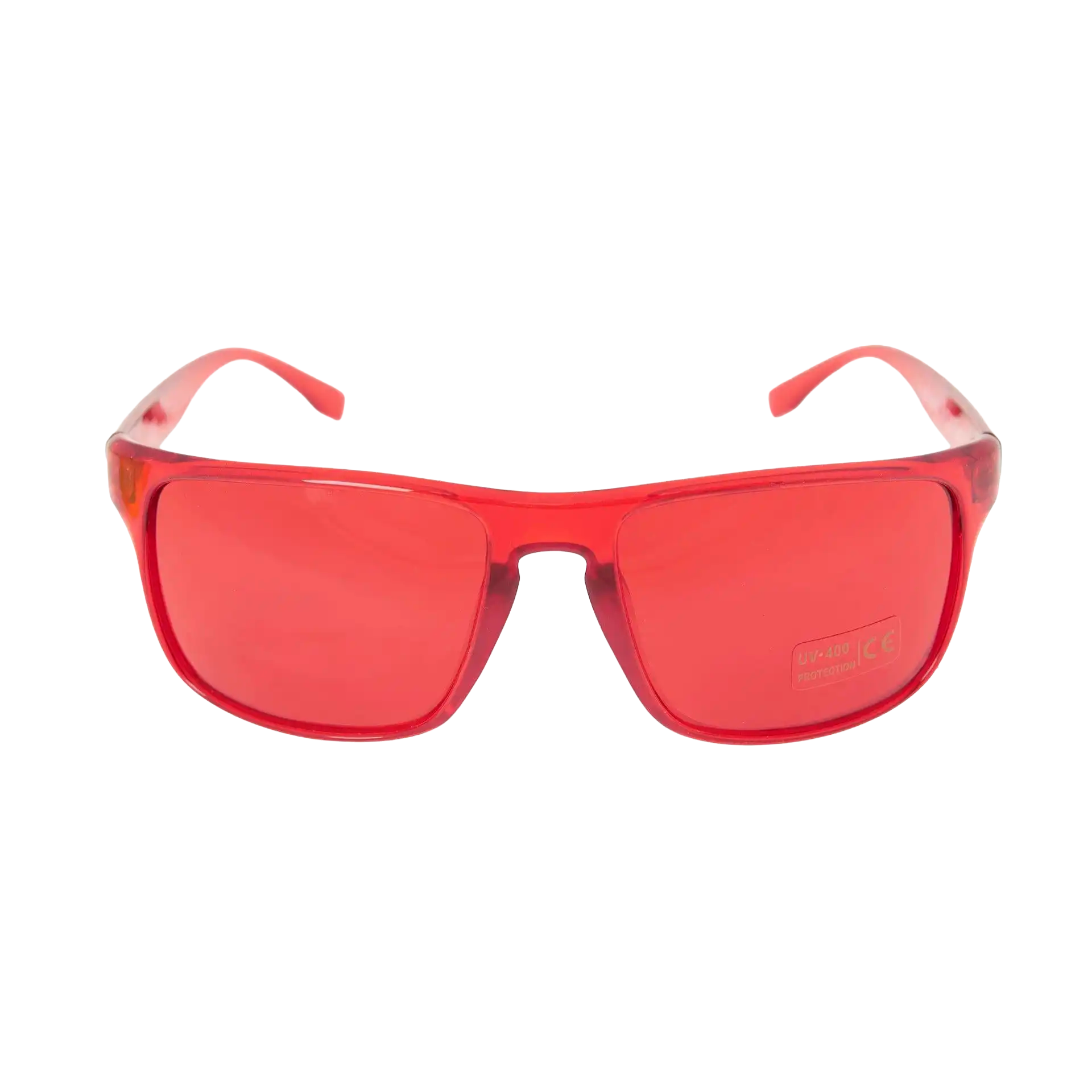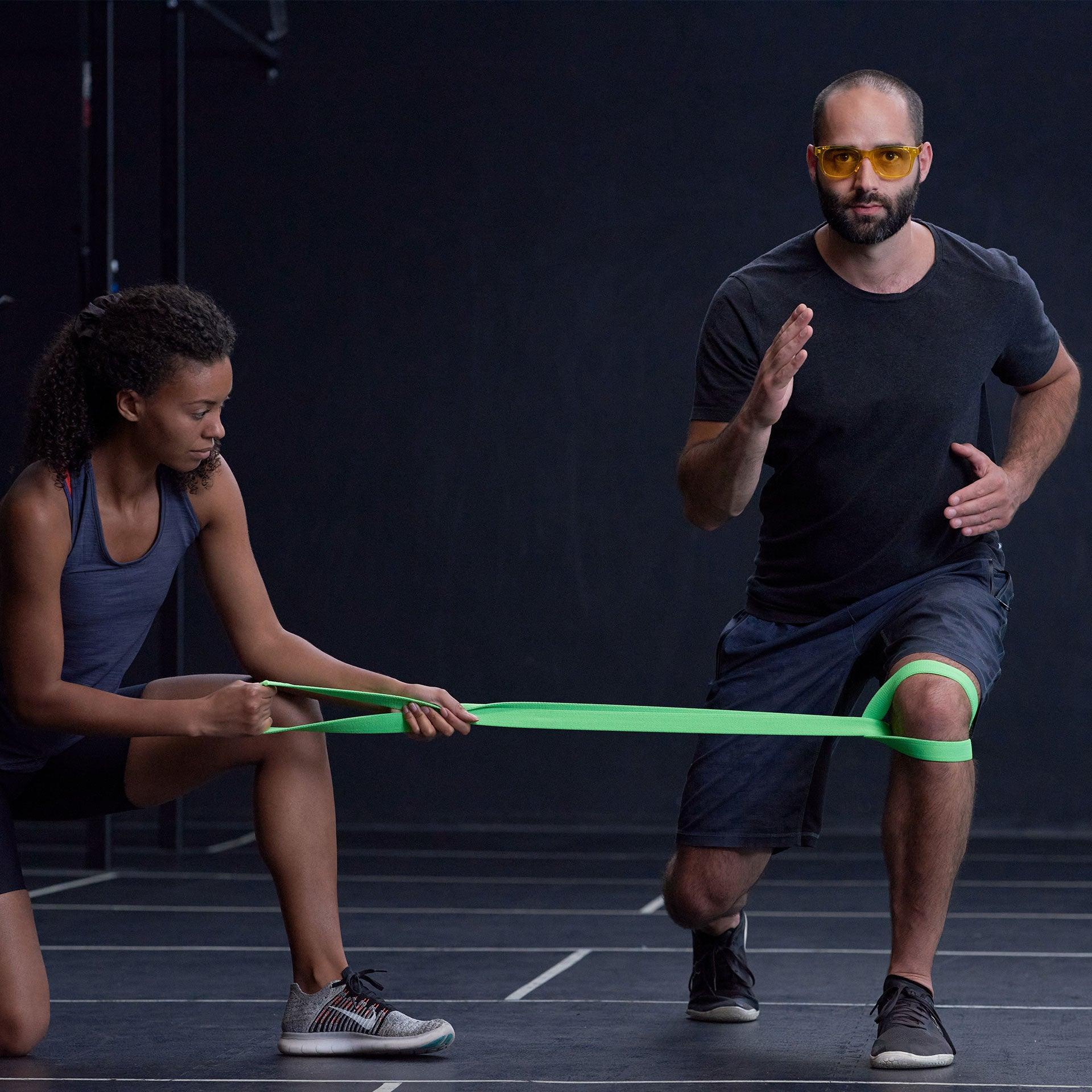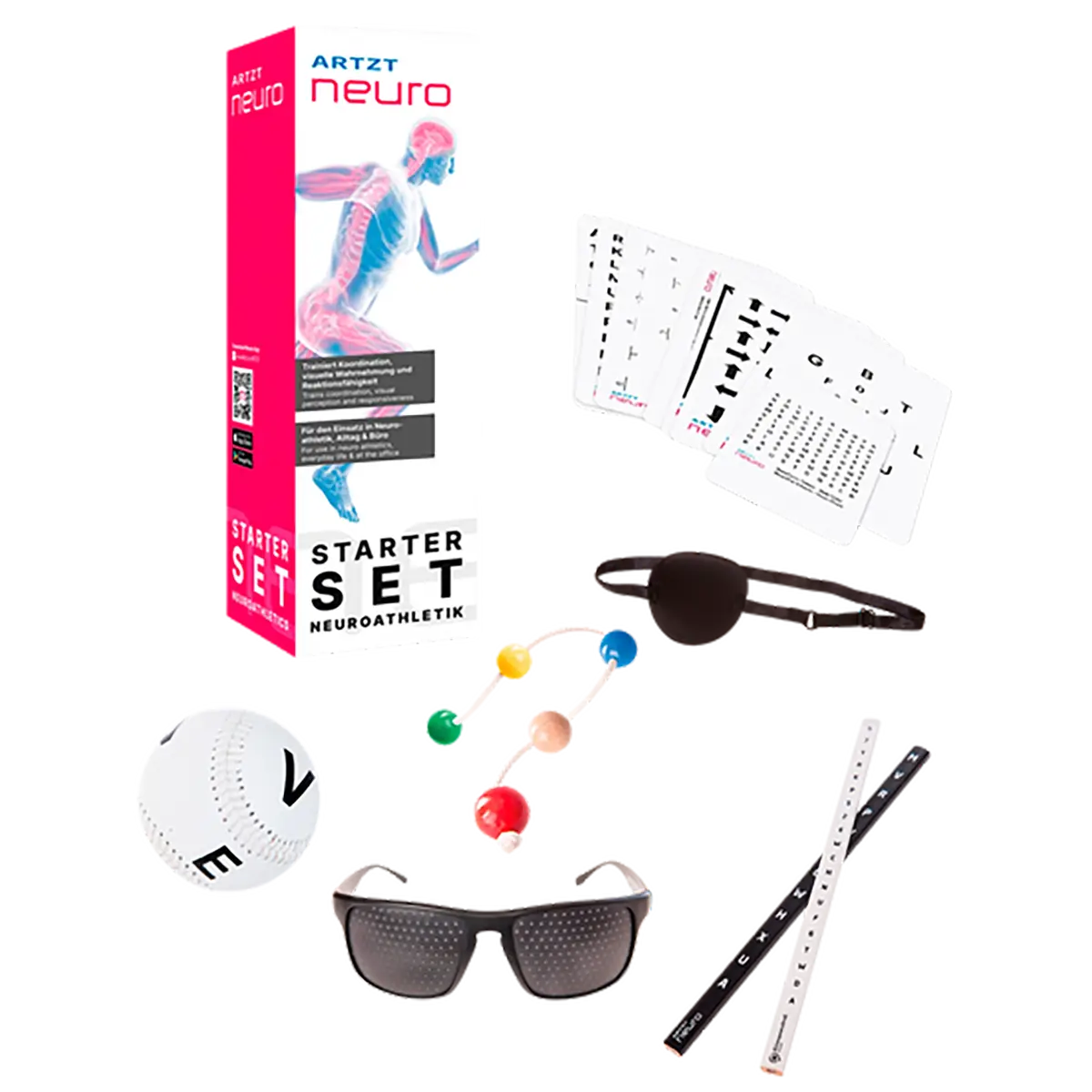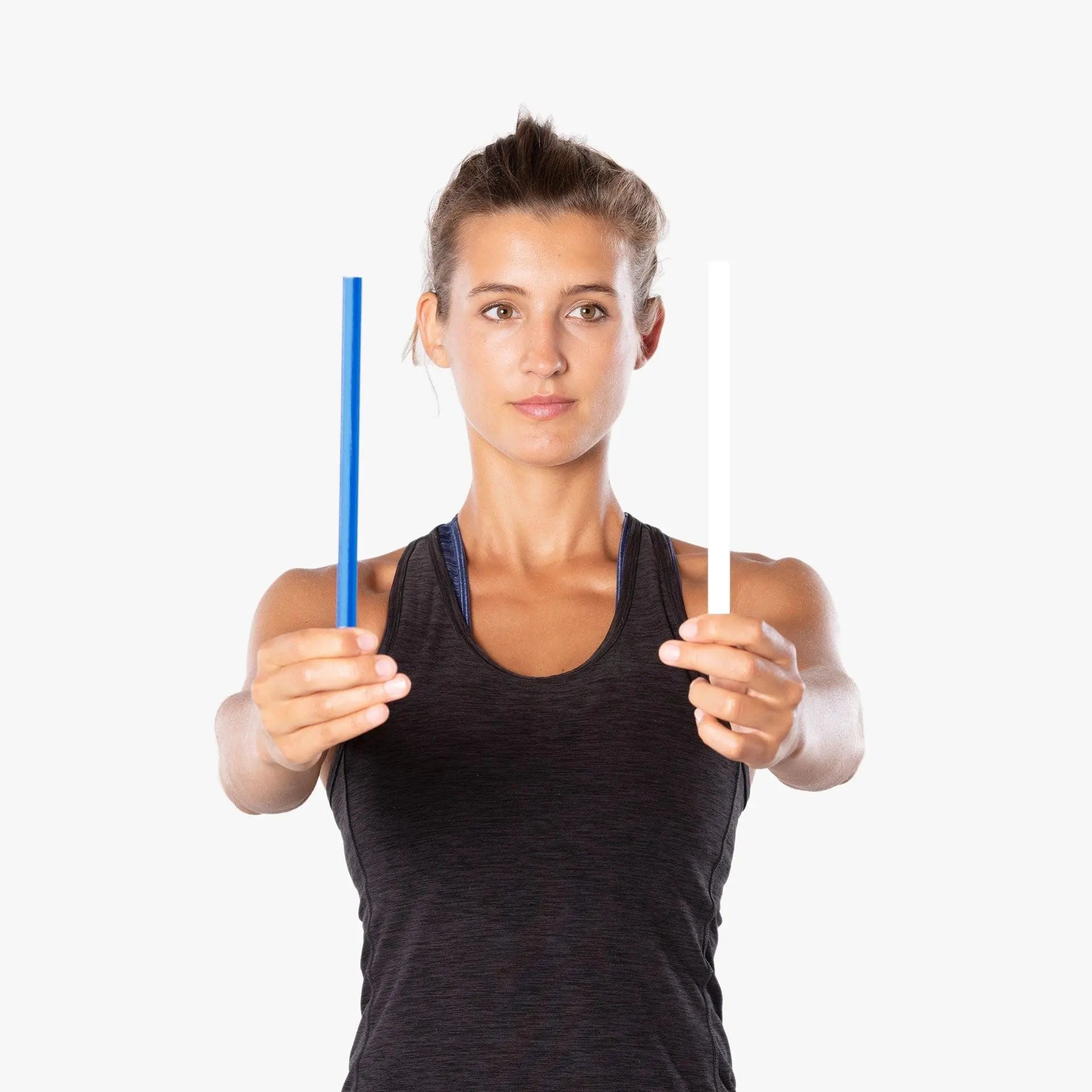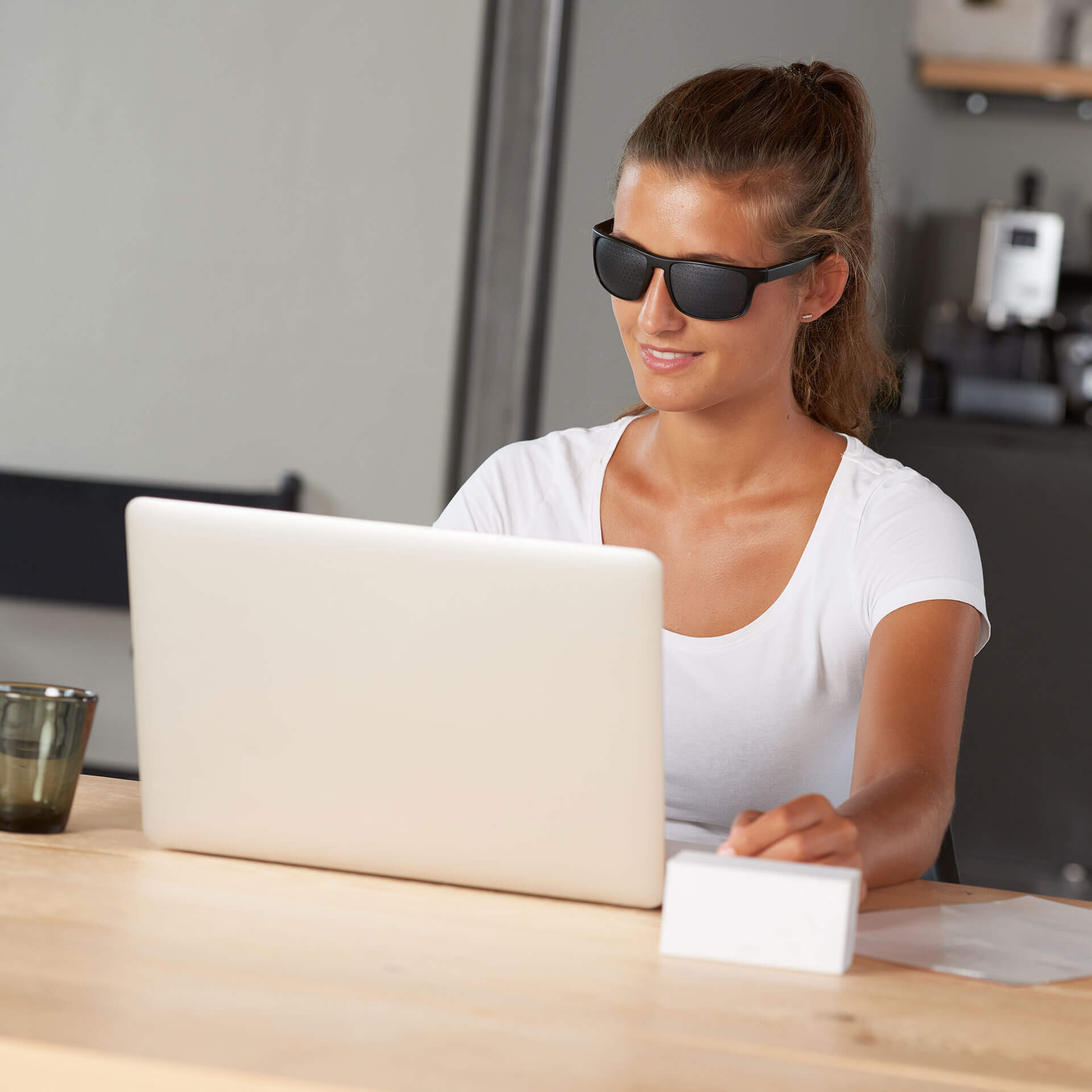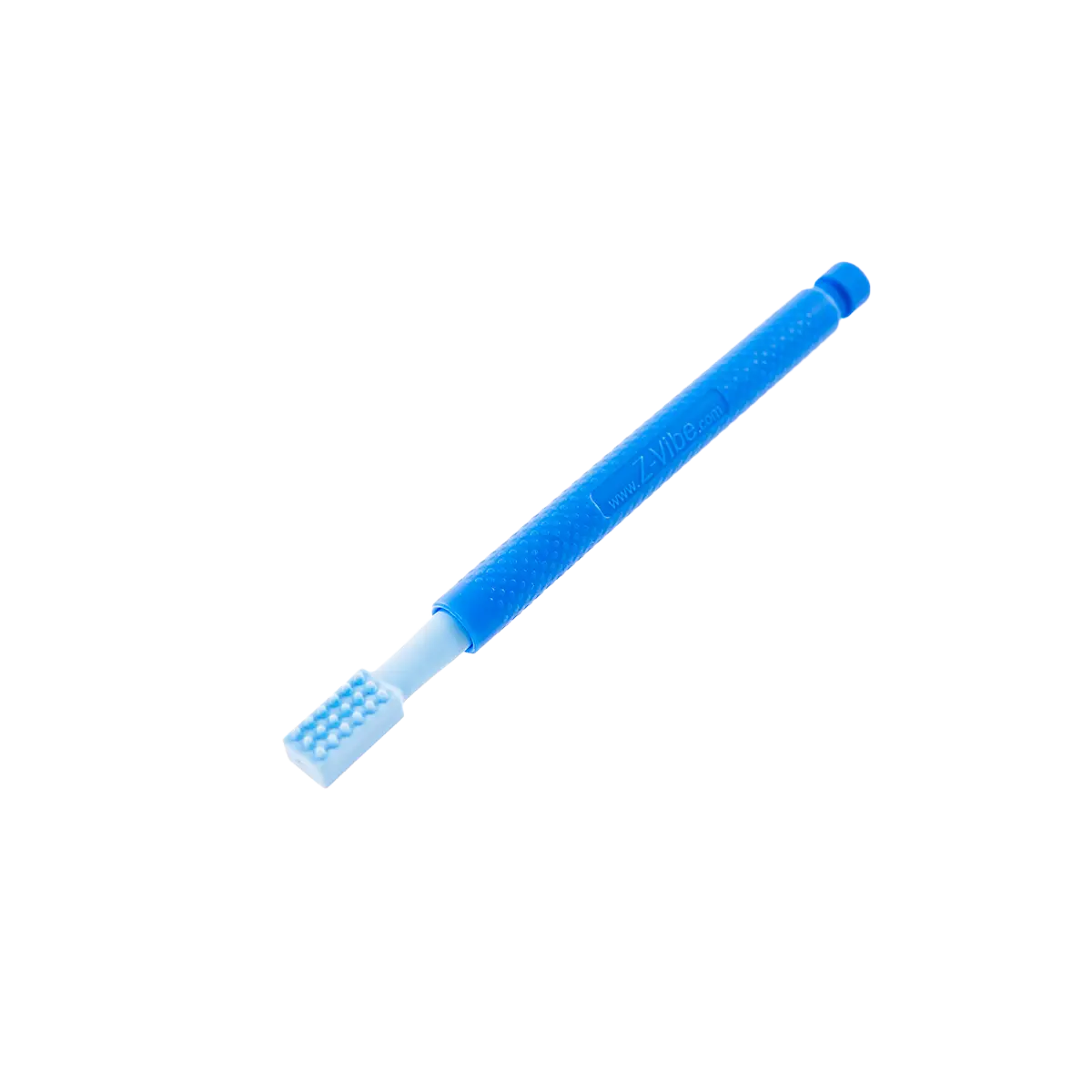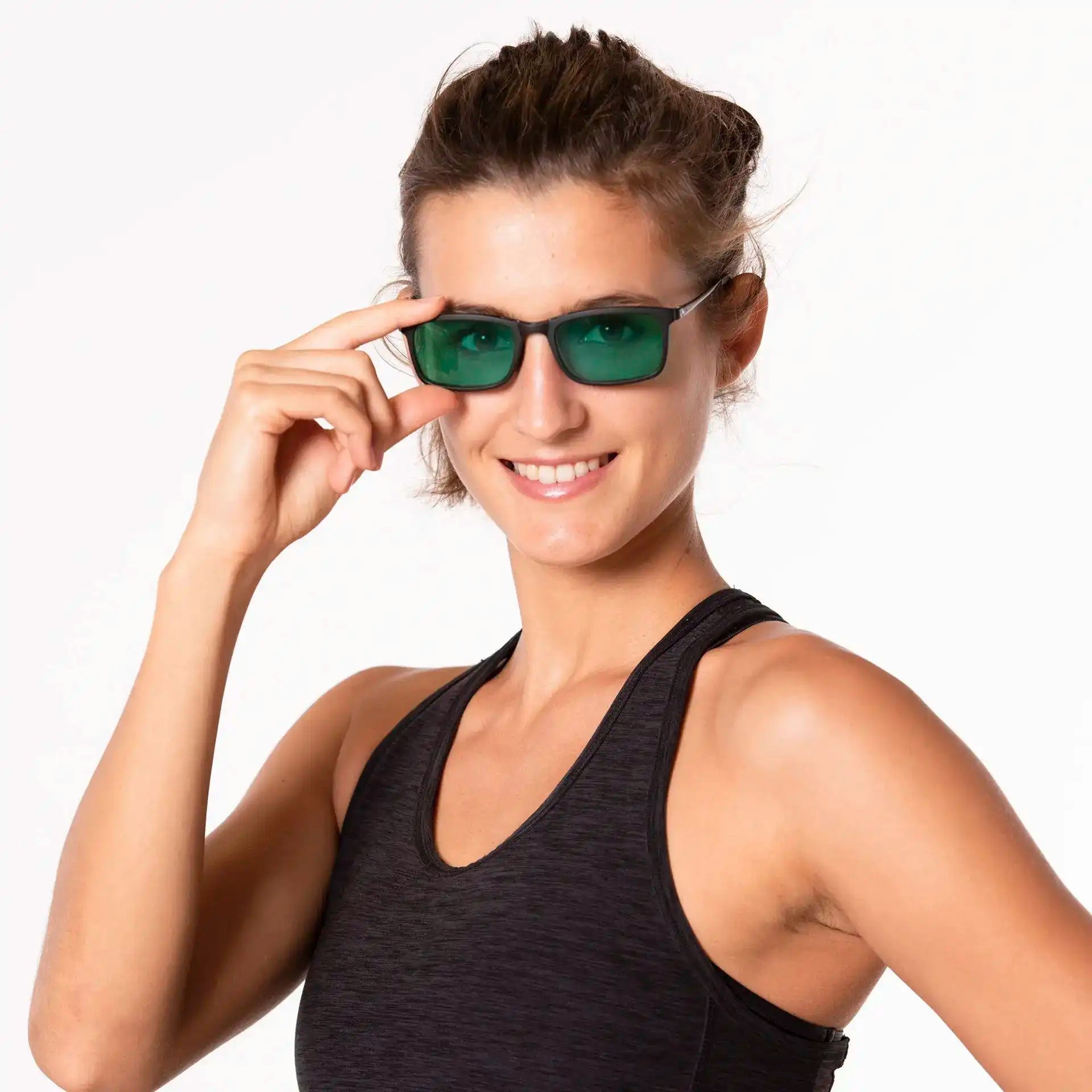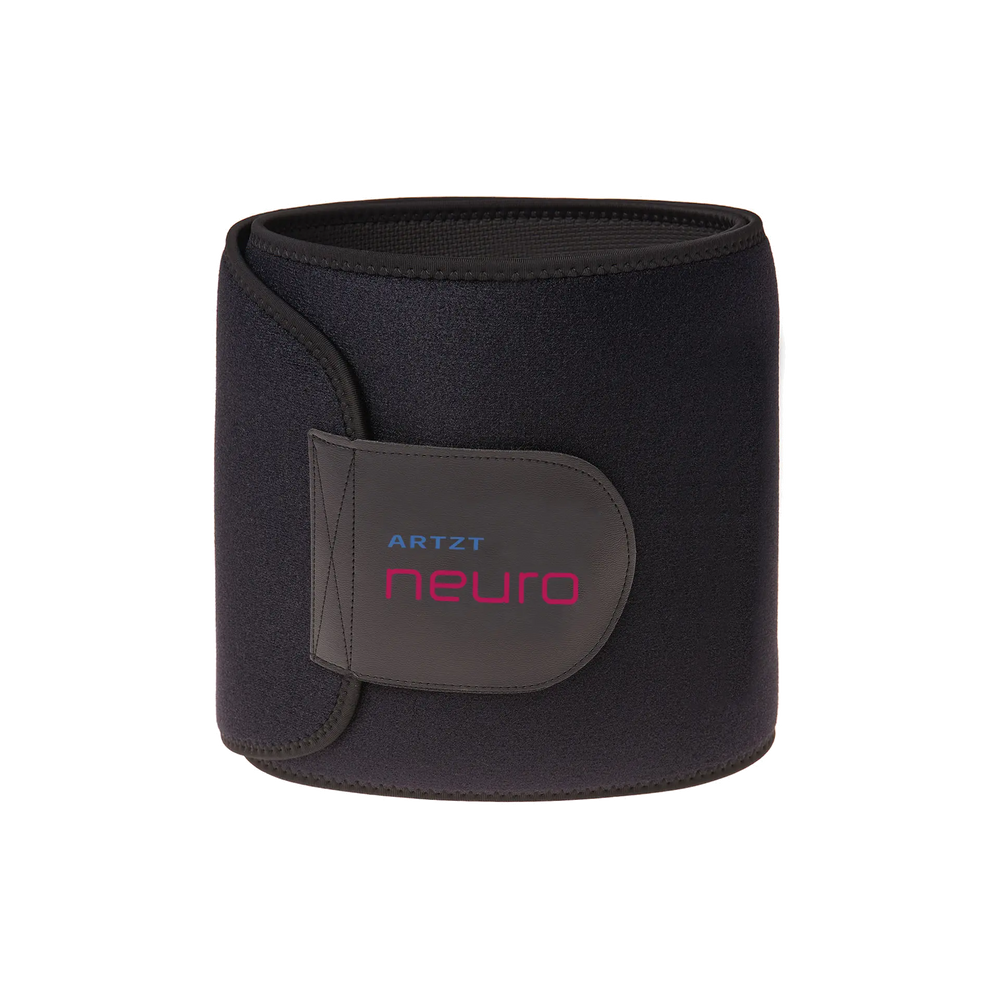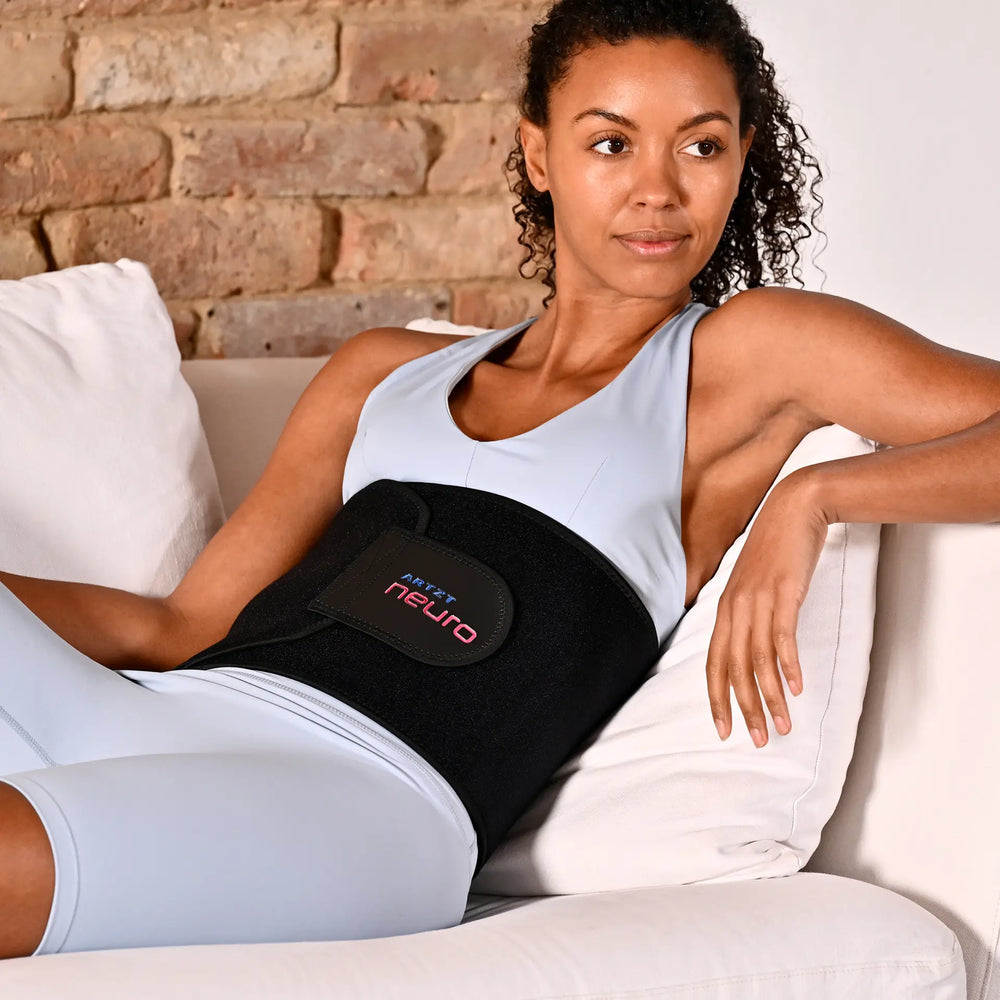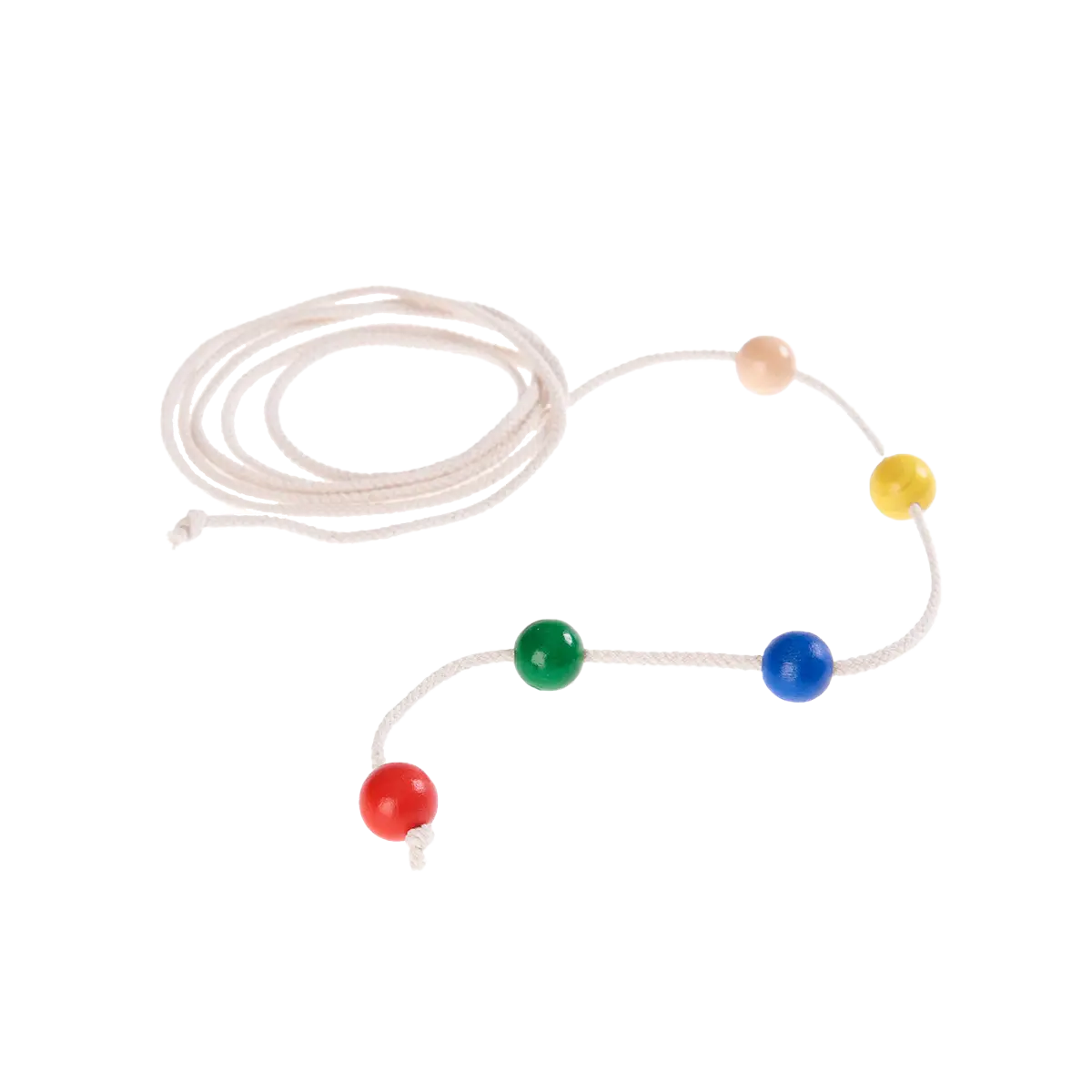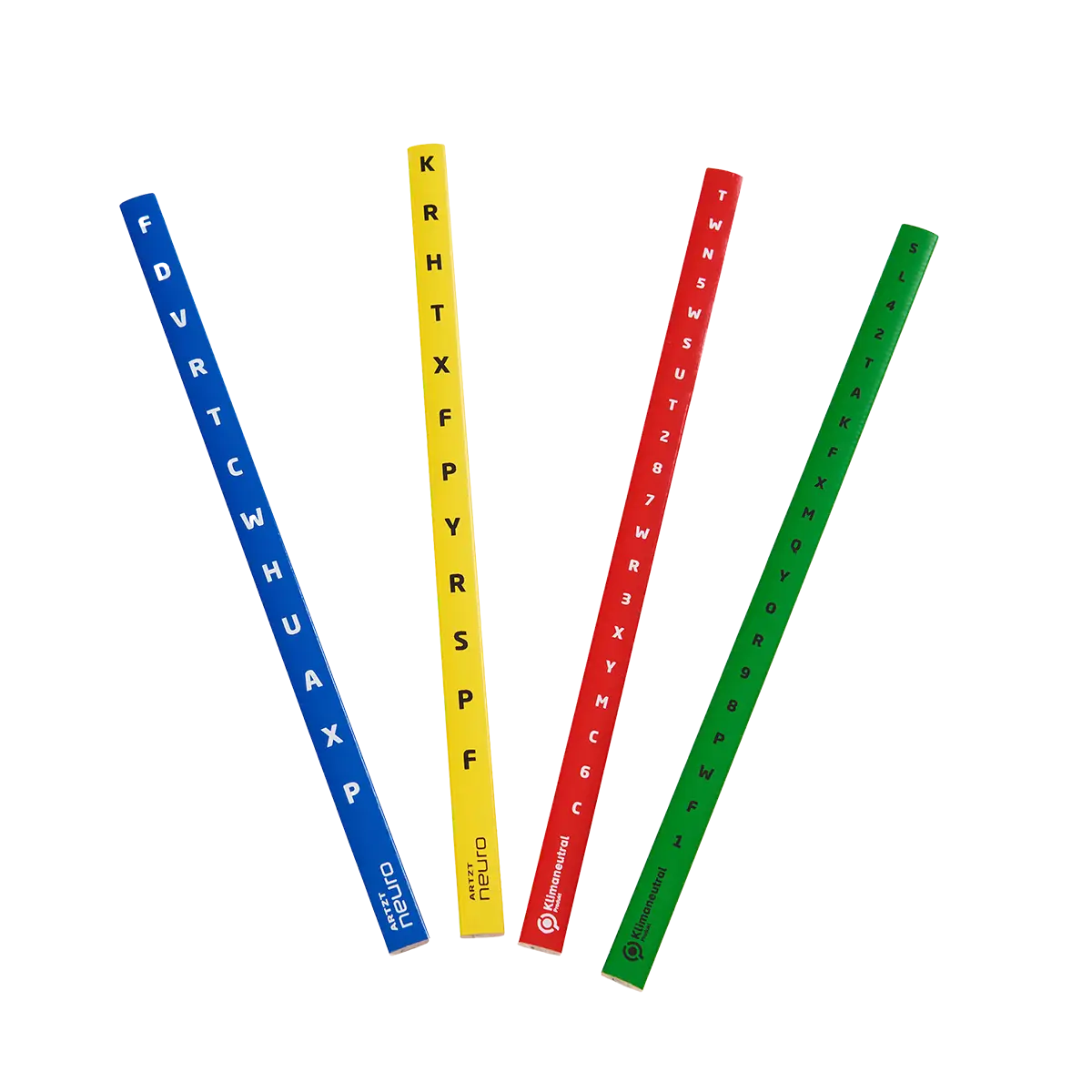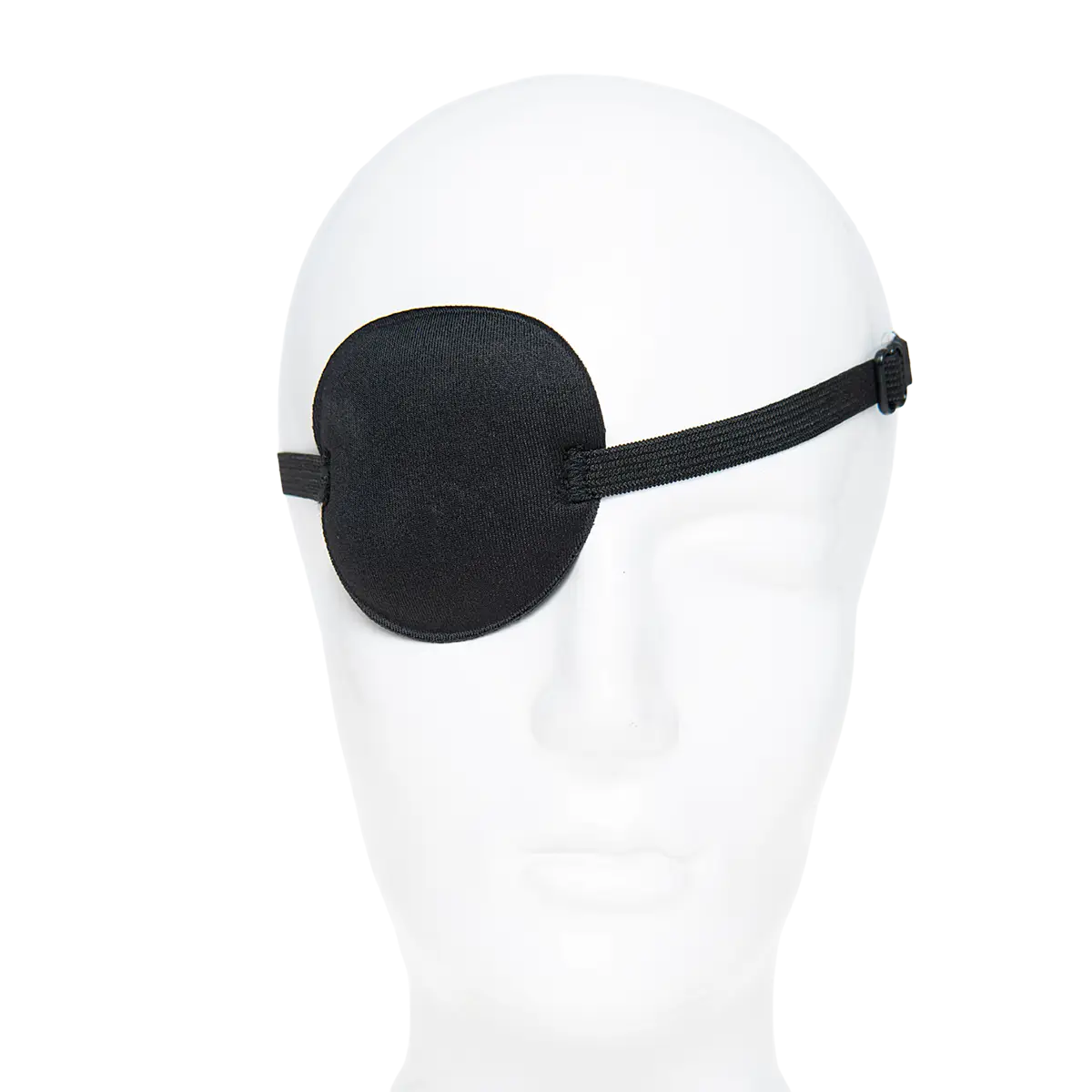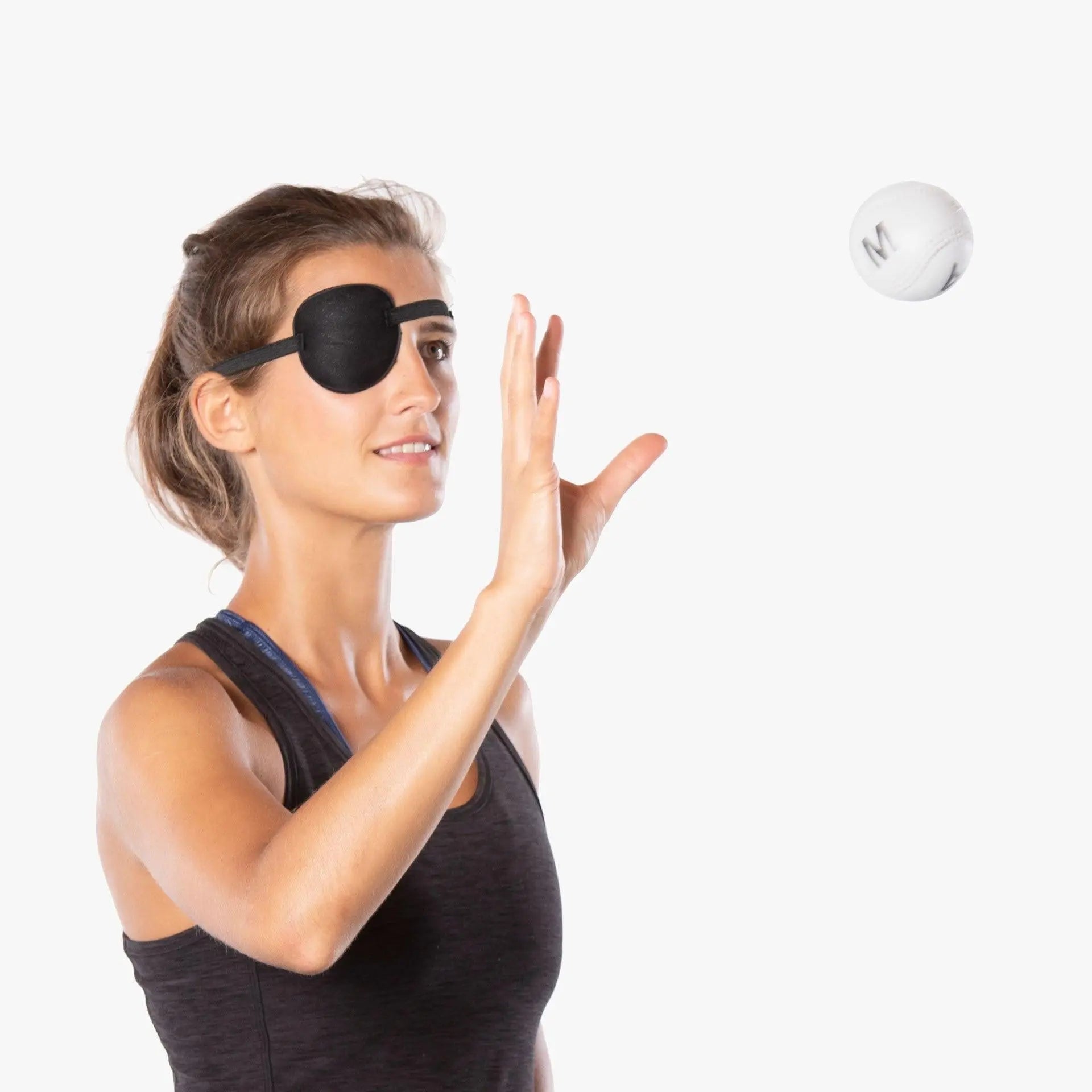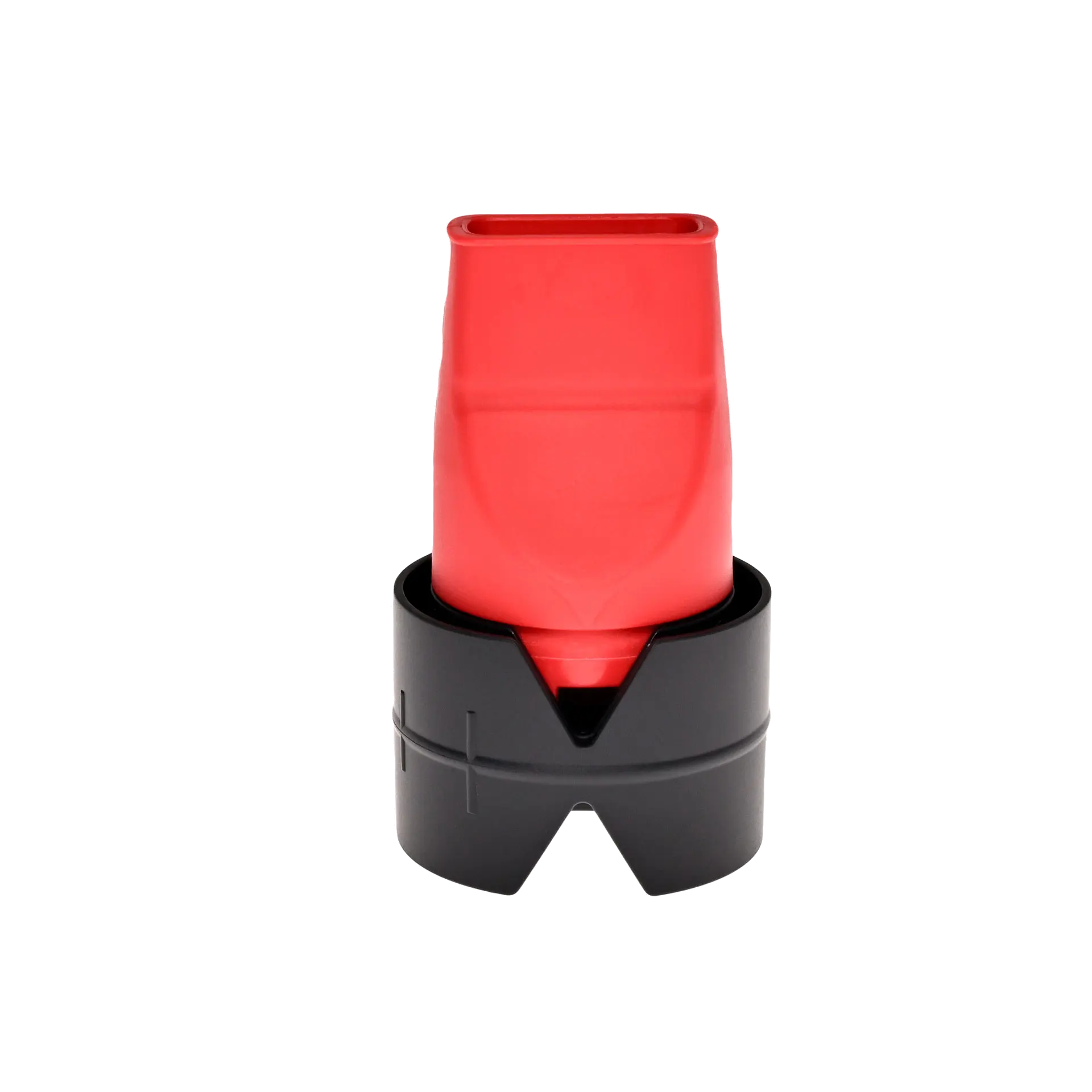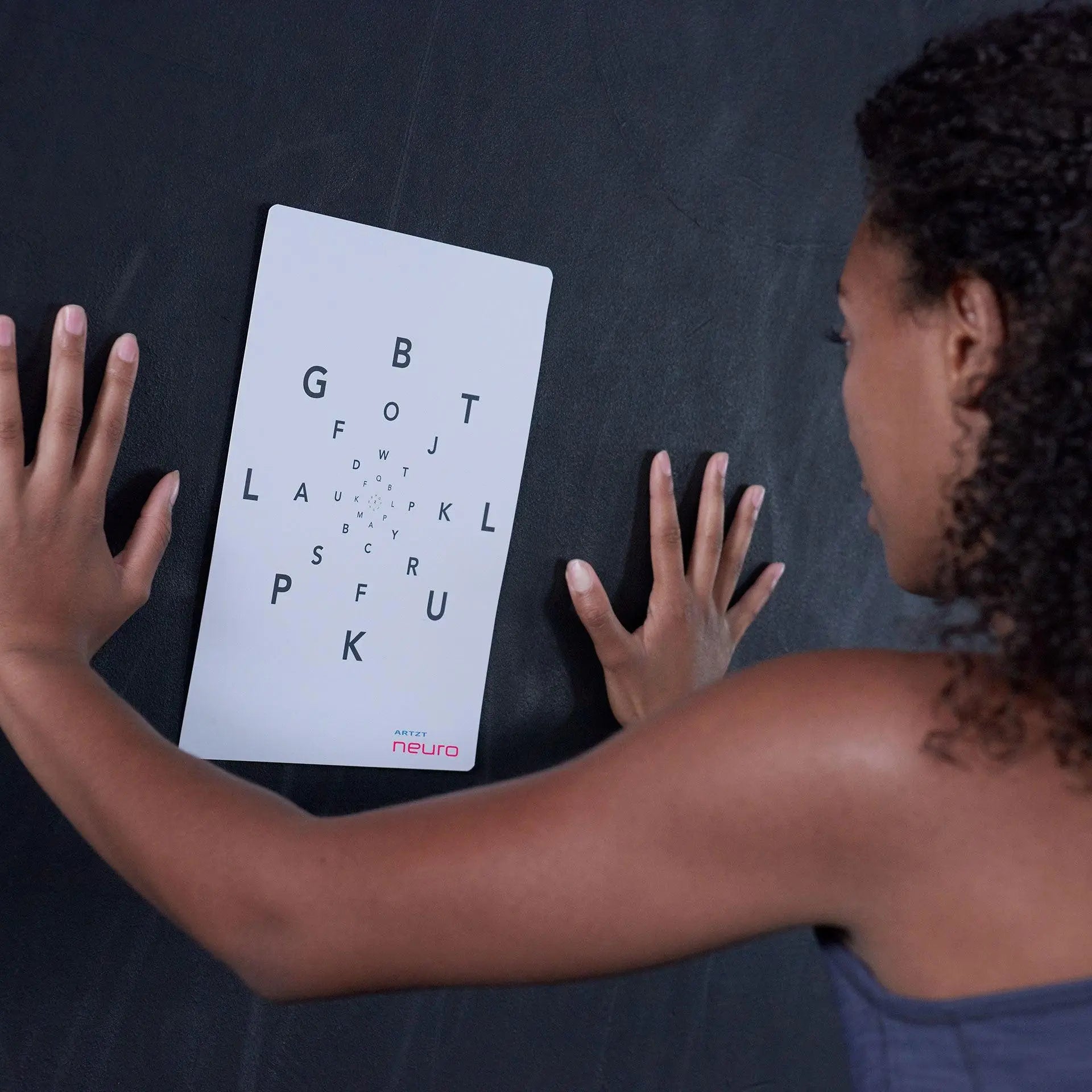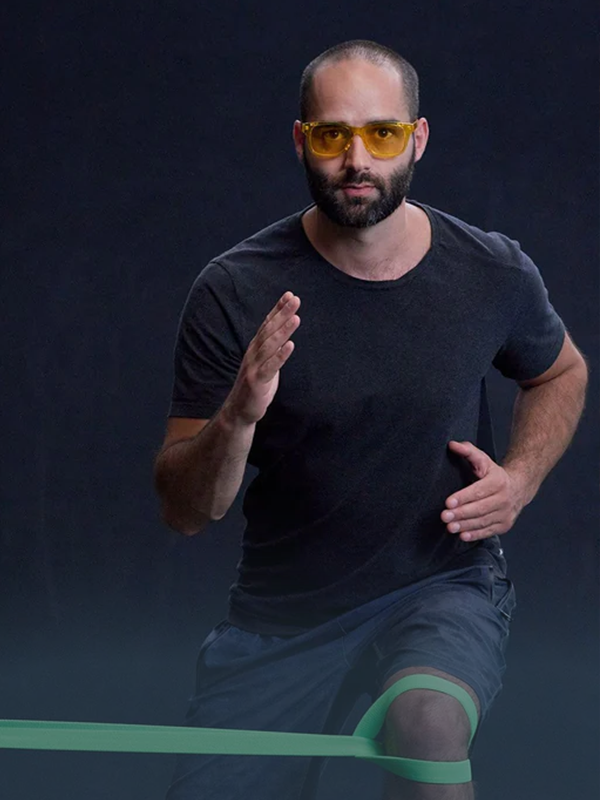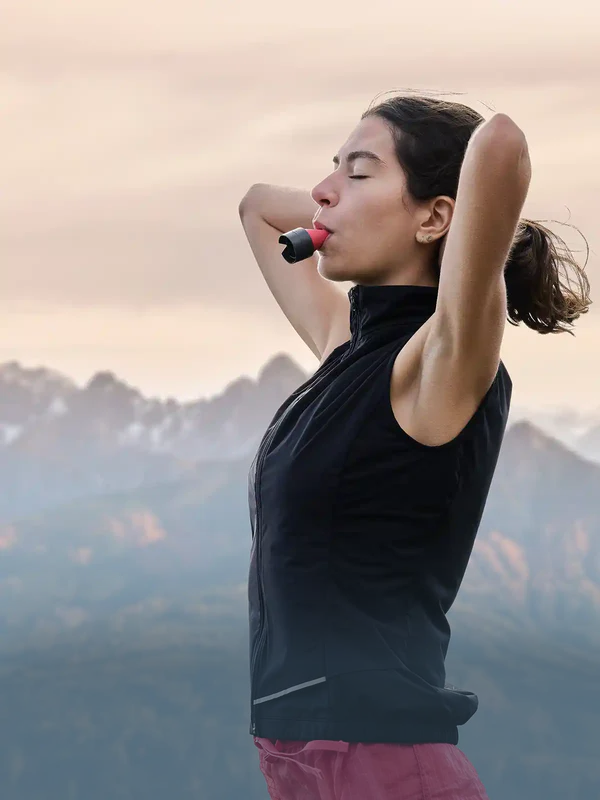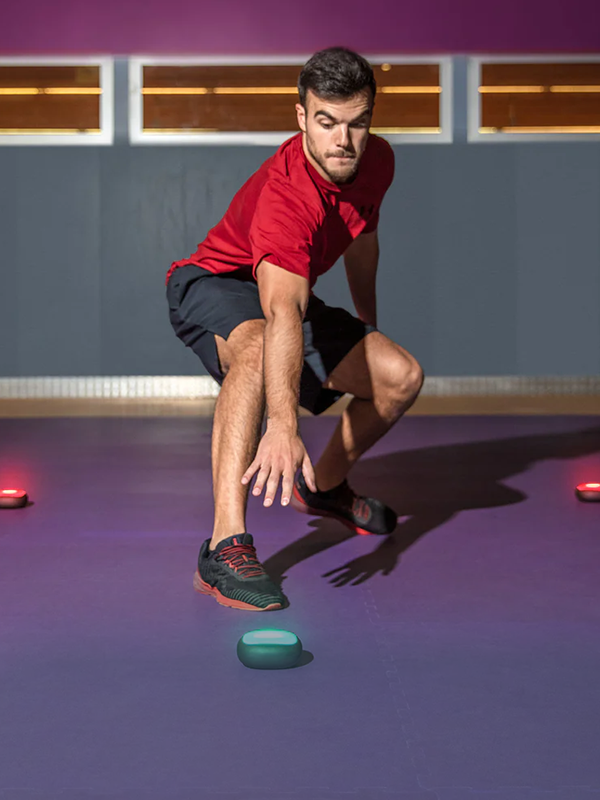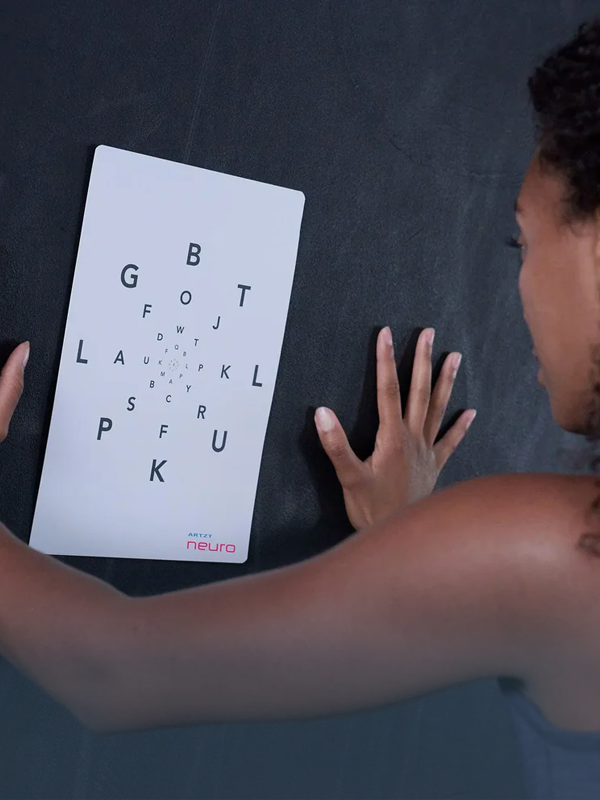Reading time: 8 minutes
It sounds like science fiction, but it's training reality: using targeted exercises to train your brain so that your mobility improves, pain decreases, your reaction time shortens—and even your eyesight becomes sharper. But that's exactly what neuroathletics promises. What began as an insider tip in competitive sports is now also used in everyday life, therapy, and health training. Find out here why more and more people are turning to the smart combination of brain training and exercise and how you can benefit from it too.
Contents
What is neuroathletics?
Neuroathletics as a new training method
How does neuroathletics work?
What benefits do I get from neuroathletics?
Neuroathletic training to combat everyday discomfort
Who is neuroathletics suitable for?
Holistic training for many sports areas
3 neuroathletic exercises to get started
How can I become a neuroathletics trainer?
Conclusion: Neuroathletics – a holistic training approach with a future
What is neuroathletics?
Neuroathletics is a training approach that specifically targets the nervous system to optimize movement sequences and increase performance. The focus is on the mind and body as a unit. This is because our brain regulates and controls everything in the body. It receives external and internal information as input through sensory organs like our eyes, processes and interprets it with our existing knowledge, and generates an end result, the output . In sports, the key output is movement. How we move is determined by the processes in the brain and nervous system —this is where neuroathletics comes in.
Neuroathletics as a new training method
While neuroathletic training was popularized in Germany primarily by sports scientist Lars Lienhard, this approach to brain training and movement control originated in the USA . There, in the early 2000s, athletic trainer Eric Cobb began linking the two disciplines of athletic training and neuroscience. The birth of neuroathletic training .
Cobb combined findings from neuroscience and practical experience from therapy and training to create his own training concept with corresponding training methods, the Z-Health Performance Education System .
How does neuroathletics work?
For every movement we perform, the brain needs sensory information from the three movement-controlling systems
- eyes (visual system),
- Balance (vestibular system) and
- Body perception (proprioceptive system).
The clearer and higher-quality the signals from these systems , the better the physical performance. If there are disruptions in communication or the information is too weak, this negatively impacts training success.
Exercises that focus on these processes and weak points of the nervous system are called neurotraining. It helps optimize these processes to improve performance and prevent injuries. Since this topic also plays a major role in competitive sports, the terms neuroathletics, neuroathletic training, or NAT are often used.
For a better understanding, a short excursion into our three movement-controlling systems:
The visual system: our eyes
Almost all of our movements are controlled by our eyes. This input provides our brain with all the important information about our environment, making targeted movement possible in the first place. Even minor loss of information or disruptions can lead to suboptimal movement results. Overworked eyes can also cause headaches , difficulty concentrating , and neck tension . They are also closely linked to our sense of balance. Therefore, it's worth not only giving our eyes a rest, but also strengthening them in a targeted manner. This is where visual training comes in.
Visual training essentially works like a workout for your eyes. It trains your eye muscles, the way your eyes work together, and your coordination with your brain. With regular training, you can make significant progress. It's important to give yourself breaks! Especially at the beginning, the training is quite demanding for your eyes. Therefore, 10 minutes a day is perfectly sufficient. Depending on the variation, you can easily adapt the training to your own pace and needs.
The vestibular system: our balance
Our vestibular organs are located in the inner ear. They measure the acceleration of head and body movements, enabling us to orient ourselves in space . They send this information to the brain, and they form the basis for our posture (muscular tension) and eye alignment. A functioning vestibular system is essential for precise movement execution.
Our vestibular system supports the visual system by stabilizing the eyes . The visual system, in turn, supports our balance by providing images and external landmarks. You've probably experienced this yourself: With your eyes closed, it becomes difficult to walk straight. After just a few meters, you usually stray from the path. The reason: without visual support, the necessary orientation is simply missing.
>> Reading tip: 3 neuroathletic exercises for dizziness
The proprioceptive system: the body’s GPS
Proprioception is like your body's internal GPS . It ensures that you always know where your arms and legs are – without even looking. For example, when you're groping for the light switch in the dark or reaching for your glass without looking.
For this to work smoothly, joints and surrounding structures must be mobile. Only then can your body send precise signals and enable clean, coordinated movement . The better this system functions, the smoother everything else runs, from posture to athletic performance.
What benefits do I get from neuroathletics?
All body parts have some kind of representation in the brain. The representations of the face, hands, and feet take up a particularly large area. This is because these areas contain a particularly large number of sensory organs – the receptors – and we use these areas intensively and in a variety of ways from birth. False signals or a lack of signals from these areas therefore have a huge impact on our mobility and quality of life . In addition, important sensory organs like our feet are used less and less with advancing age.
The information highways initially established degenerate into beaten paths, along which only a small amount of unclear information can be conveyed. The result: We can no longer recall certain movements, become immobile and anxious , because our brain interprets such movements as dangerous and thus ensures that we avoid such stimuli. It must first relearn that such movements do not constitute a dangerous situation.
In everyday life, and especially in sports, we don't just move our bodies. We must constantly sense our own position in space as well as that of obstacles or opponents, compare them, and ideally react flexibly to unpredictable events such as uneven ground, contact with opponents, or slippery surfaces. The smoother and more accurate these processes are, and the less danger our brain perceives, the better the outcome.
In short: Neuroathletics helps you perform movements more safely, fluidly, and consciously —in everyday life as well as in sports.
Neuroathletic training to combat everyday discomfort
Neurotraining offers enormous potential for everyone. From toddlers to seniors, from the seemingly healthy to the chronically ill. It can have positive effects on
- Stress ,
- Digital Overload ,
- Pains,
- Fatigue and lack of energy,
- Joint blockages and mobility restrictions ,
- visual problems such as tired eyes and limited vision,
- Performance deficits or plateaus in sports and
Dizziness, - Reading and writing disorders,
- ADHD and
- Anxiety disorders.
Who is neuroathletics suitable for?
In short: For everyone! Neuroathletic training can have positive effects on everyone – regardless of age or fitness level.
Neurotraining is n't just for adults, athletic individuals , or even athletes. This form of training, which can be used at a wide range of difficulty levels and even for untrained individuals, offers tremendous potential for everyone. From toddlers to seniors, from the seemingly healthy to the chronically ill.
For example, you can treat many different types of pain in everyday life or simply train your eyes – for relaxation or to improve your vision. Your options are diverse, and there's something for every part of the body.
>> Reading tip: Neuroathletic exercises for myopia
In competitive sports, neuroathletic exercises can help improve reaction time and thus boost performance. Sensory and perceptual skills, i.e., improving brain input, are increasingly becoming a focus in professional soccer training, for example.
>> Reading tip: How to implement neurotraining in football: Train like Gnabry and Musiala
The exercises are often the same, and the approach and goal remain the same: improving the interaction between brain and body . How you want to use them is up to you.
Holistic training for many sports areas
Most training approaches and forms are strongly output-oriented: They focus on the final movement, faulty movement patterns, or the location of pain. However , information input and its processing are often neglected. In training, too, we should pay attention to how information is received and processed in order to achieve the best possible results.
If, for example, our eyes have limited vision, if we can only follow a ball erratically and blurry, if we lose our balance with every little bump, or if we only receive limited information about the ground through our feet, this has a direct impact on our movement – and thus on our performance.
Neurotraining can help restore the body's original, natural ability to process stimuli, thus improving our quality of life and performance in almost all areas of everyday (sporting) life. This is why neuroathletics is becoming increasingly important in sports such as soccer and tennis – where precise estimation of distances and optimal coordination of the eye and foot, or eye and arms, are particularly important.
3 neuroathletic exercises to get you started
Among the simplest neuroathletic exercises are those that train your eyes. They don't require much effort, and you can do them quickly and anywhere. Especially with today's excessive screen time in everyday life, a few minutes of eye training a day can be very relaxing.
Here we show you 3 eye exercises that you can easily integrate into your everyday life:
Exercise 1: Relax your eyes with pinhole glasses

Here's how: Wear the pinhole glasses in everyday life. At the computer, while reading, while cleaning, or while exercising – in any area where you feel comfortable. Wearing them may feel a little strange at first, but this will quickly pass. Start by wearing the pinhole glasses for about 5-10 minutes. If necessary, you can gradually increase the intensity of the training.
Tip for glasses wearers: Wear the pinhole glasses instead of your regular glasses. You'll find that after a while of getting used to them, they can partially or even completely compensate for your poor vision.
What's the benefit? Pinhole glasses relax your eyes by reducing the stress factor of light while focusing the incoming light at specific points. In cases of visual stress, for example, due to previous head injuries (such as a concussion or whiplash) or long periods of working at the computer, the glasses can help relieve the strain on your brain and improve your performance.
It also gives you clearer vision, so it's often used in combination with other vision exercises.
Exercise 2: See clearly

Here's how: Hang the distance board on the wall and stand far enough away so that you can just see the letters clearly. Hold the near board in your hand, also at a distance where you can just see the letters clearly.
Now alternate between reading a letter near and far. Don't change the board until you have recognized the letter completely clearly.
What's the benefit? By switching between the two panels, your eyes have to constantly refocus. This trains your ability to quickly switch between nearsightedness and farsightedness. This is especially important in everyday life – for example, when switching your gaze between your smartphone and your surroundings in traffic, or between the ball and your teammates in sports.
Exercise 3: Object tracking

Here's how: Lie on your back in a relaxed position on the floor. Hang the Marsden Ball approximately 60–100 cm above the center of your face. Let the ball swing in all directions, following it with your eyes (fixating on the letter on the bottom of the ball).
What's in it for me? This exercise can help you focus better on moving objects. This is an essential skill, especially for ball sports players. But flexible focus also helps you react more quickly in everyday life—for example, when driving, in conversations, or working on a screen.
>> All neuroathletic exercises can be found here
>> Neuroathletic exercises as PDF download
How can I become a neuroathletics trainer?
Neuroathletic training is gaining increasing attention. More and more trainers and therapists are incorporating this approach into their repertoire. Accordingly, the range of training and continuing education programs in Germany is also continuously growing.
>> Overview of all training dates
Conclusion: Neuroathletics – a holistic training approach with a future
The innovative approach of brain training is currently experiencing a strong resurgence – similar to the early days of fascia training. More and more athletes, therapists, and health-conscious individuals are turning to this effective form of training to improve movement quality and body awareness .
Neuroathletic exercises can help you reduce pain, target your muscles more precisely, and optimize the interaction between body and brain – both in everyday life and in competitive sports. If you're open to new approaches, neuroathletics can add real value to your health, performance, and well-being.


